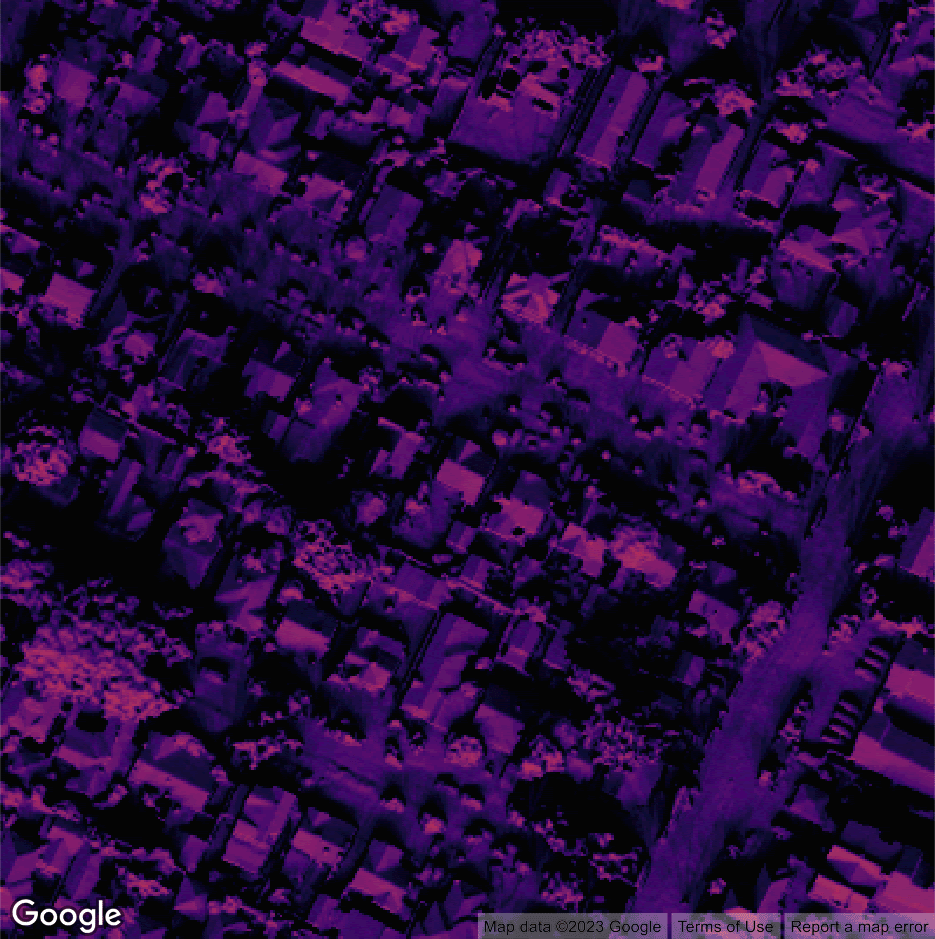Editor’s Note: This post is part of our Next '23 series sharing the latest Google Maps Platform news from the global exhibition of inspiration, innovation, and education. To learn more about our new products, join the What's New with Google Maps Platform session tomorrow from 11 - 11:45 a.m. PDT.
When it comes to the environment, we’re at a moment that’s defining a generation and will impact generations to come. Now more than ever, it’s important to continue our efforts to reduce our environmental impact–and we know that we get more done when we move together. Over the years we’ve evolved what a map can do. Now we’re expanding what developers can do with Google Maps Platform to build experiences that pave the way for a sustainable future. Today ahead of Google Cloud Next '23, we introduced a new suite of Environment APIs: Solar, Air Quality, and Pollen. These APIs help developers better understand an ever-changing world so they can create new sustainability tools, share actionable insights, and encourage people to adapt to new environmental realities.
Scaling solar adoption and installation
Clean energy alternatives are essential to reduce greenhouse gas emissions and energy insecurity. To help accelerate solar adoption and deployment, we launched the Solar API with the goal of helping solar companies give homeowners the information they need to make informed decisions about solar installation. The Solar API builds on the foundation of Project Sunroof, a personalized solar savings estimator for consumers powered by Google Earth imagery. We’ve expanded on these capabilities using artificial intelligence to provide data and insights that are more precise than publicly available LIDAR data or satellite-derived 3D models.
The Solar API has two distinct functionalities to help all kinds of solar companies address solar viability and design. Building Insights provide quick insights into solar viability, such as the amount of sunlight a building receives and the most energy efficient solar panel array. Data Layers provide detailed insights that facilitate the design of solar systems, such as the shading that may affect a system's performance and the digital surface model of the rooftop.
Available in over 40 countries for over 320 million buildings, the Solar API helps solar companies give their customers the info they need to move forward with solar installation and contribute to a carbon-free future together. For more information on the Solar API, read the announcement blog post.

Monthly flux imagery from the Solar API Data Layers endpoint showing the rooftop sun and shade over an average year.
Understanding environmental changes and taking personal action with air quality and pollen data
The Air Quality API and Pollen API can help companies better understand climate and environmental changes. This gives them the information they need to make informed choices, advocate for change, and build innovative experiences to help mitigate impact. They can also use the information to help their users make more informed decisions for themselves.
The Air Quality API
The Air Quality API gives companies access to reliable air quality data, the ability to visualize pollution via heatmaps, and the opportunity to deliver in-depth pollutant details and recommendations to target audiences.
Map showing current air quality conditions for New York City, with in depth pollutant details
To account for the dynamic nature of air pollution, we combine information from multiple data sources, which include government monitoring stations, low-cost sensors, meteorological data, satellites, land cover, and live traffic information. This approach means we’re able to collect information even when one source becomes unavailable. We validate and organize several terabytes of data each hour resulting in air quality information that is reliable and specific to a location. For more information on the Air Quality API, read the announcement blog post.
The Pollen API
The Pollen API provides access to current pollen information for the most common allergens worldwide. It can be used to help people limit the risks of exposure to allergenic pollen, make better informed daily decisions, and adapt to longer, more severe allergy seasons in the face of a changing climate. The API provides localized pollen count data, heatmap visualizations, detailed plant allergen information, and actionable tips for allergy-sufferers to limit exposure. The Pollen API offers data-based insights for organizations studying the connection between pollen and climate, as well as companies that want to help their users make healthier decisions.
Heat map visualization showing pollen levels and detailed plant allergen information
The API is based on a model that calculates the seasonality and daily amount of pollen grains on a 1x1 km2 grid in over 65 countries worldwide, supporting an up to 5-day forecast, 3 plant types, and 15 different plant species. The model uses various inputs like land cover, climatological data, annual pollen production per plant, and more to deliver reliable output predictions of the local pollen level and exposure risk. For more information on the Pollen API, read the announcement blog post.
We're excited to bring additional environmental information to developers via Google Maps Platform. By providing access to new environment data as well as immersive experience products like Photorealistic 3D Tiles (moving into Preview soon) and Aerial View (now generally available), we hope to do our part in supporting innovative solutions to climate change. Overlaying environment data on 3D imagery to visualize air quality or pollen levels, is just one way these products can work together. Together we can map our way to a healthier planet.
To learn more about our new suite of Environment APIs, join the What's New with Google Maps Platform session tomorrow from 11 - 11:45 a.m. PDT.
For more information on Google Maps Platform, visit our website.